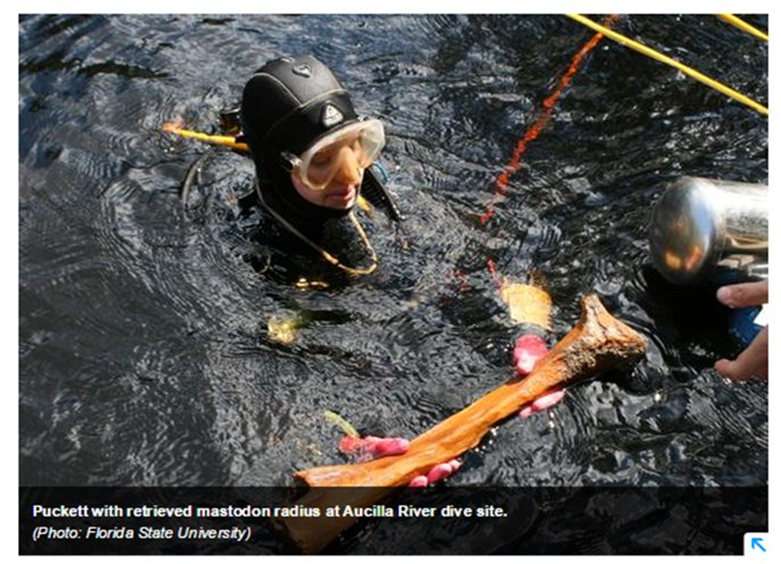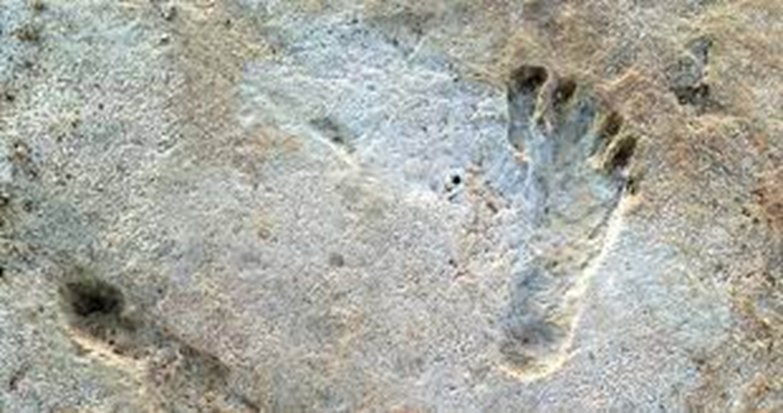Find traces of human presence in the Americas since the Pleistocene

American archeology researchers have found fossils that may be one of the most important archaeological discoveries in the Americas and may rewrite the history of human presence there since the Ice Age.
Researchers said that stone tools and fossil bones of the "mastodon" animal discovered in the US state of California show that humans arrived in the Americas about 130,000 years ago, far ahead of what was previously known in what might constitute a mastodon. The researchers describe five primitive tools—hammers and anvils—discovered in San Diego County, along with fossil bones of the mastodon, a relative of the prehistoric elephant, as conclusive, albeit circumstantial, evidence of the existence of our species or an extinct relative. Like Neanderthals in the Americas.

Tom Demereh, a paleontologist at the San Diego Museum of History, said the oldest widely recognized date for human presence in the Americas is between 14,000 and 15,000 years old, which makes the site in San Diego about 10 times older. The discovery will fundamentally change what is understood about the history of human arrival in the Americas, although some scientists not involved in the study expressed doubts. "If the 130,000-year-old date is real, then this is one of the biggest finds in American archaeology," said John McNab, a Stone Age archaeologist at the University of Southampton who was not involved in the research, adding that he was "still a bit skeptical".

No human skeletal remains were found. But traces found on rock tools The way in which the bones of the limbs and molars of the mastodon were broken appears, as it was apparently done in a deliberate manner after the death of the animal, which convinced the researchers that it was humans who did it. The researchers carried out experiments using similar tools on the bones of elephants, to produce similar shapes to the fractures found in the uncovered artifacts. James Bissis, a geologist at the US Geological Survey, used modern methods to determine that the date of the discovered fossils is 131,000 years, plus or minus about nine thousand years.
Source: websites

